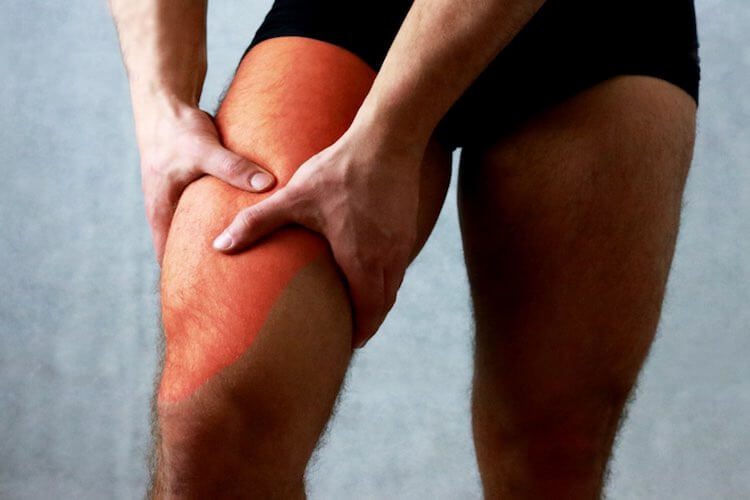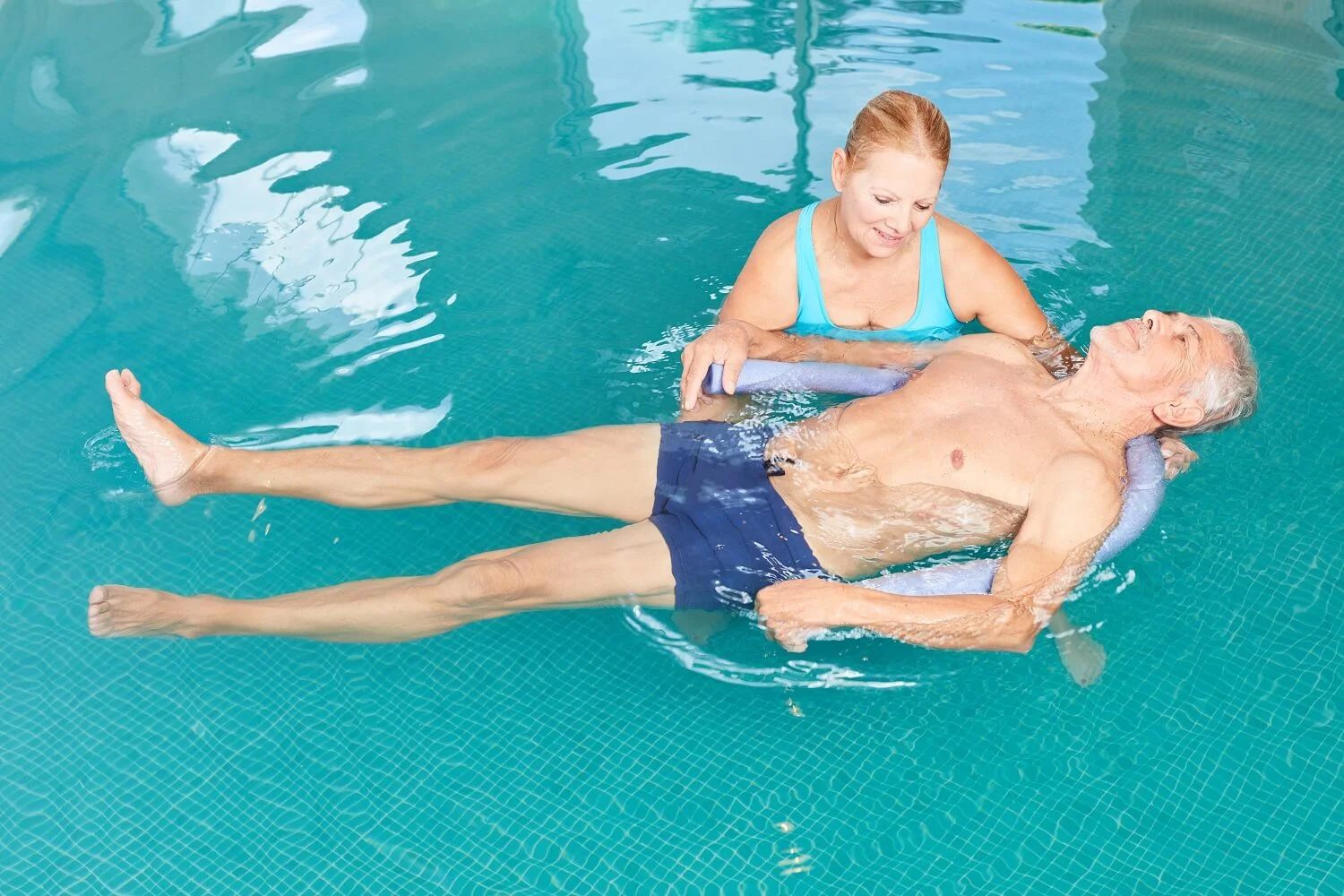Shoulder pain
The shoulder is the most mobile joint in the body. But this huge range of motion means the shoulder is susceptible to instability. Shoulder pain is a common condition experienced by cricketers, as the joint is used when batting, bowling and fielding. Even being a wicket keeper can put the shoulders into physical overdrive.
Shoulder pain treatment:
- Physiotherapy
- Applying ice
- Anti-inflammatory gel
- Anti-inflammatory medication
Lumbar sprain
Cricket relies heavily on the lower back, whether you are swinging a bat or diving for the last wicket. These actions and movements can cause inflammation and pain. This is known as lumbar sprain, which is the overstretching of a lumbar spine ligament.
Lumbar sprain treatment:
- Cold and/or heat therapy
- Massage therapy
- Reconditioning exercises
Hamstring strain
Lack of strength and conditioning is a common cause for hamstring strain. When one or more of the hamstring muscles are overloaded, this can lead to a strain, or in some cases, a complete hamstring tear.
Hamstring strain treatment:
- Dry needling
- Soft tissue massage
- Biomechanical assessment
- Joint mobilisation
Ankle sprain
Ankle sprains are a common and troublesome injury in cricket. Suddenly stopping, cutting at fast speeds, and shifting momentum can all put stress on the ankle. This causes the ankle to bend further than the body would like.
Ankle sprain treatment:
- Rest
- Sports taping
- Elevation of ankle to reduce swelling
- Applying ice
Physiotherapy for common cricket injuries
Most cricketers will experience injuries at some point in their lives. When you do, it’s vital that you seek proper physiotherapy treatment to prevent further injuries. If you have any concerns, book an appointment with one of our experienced sports physios today.



